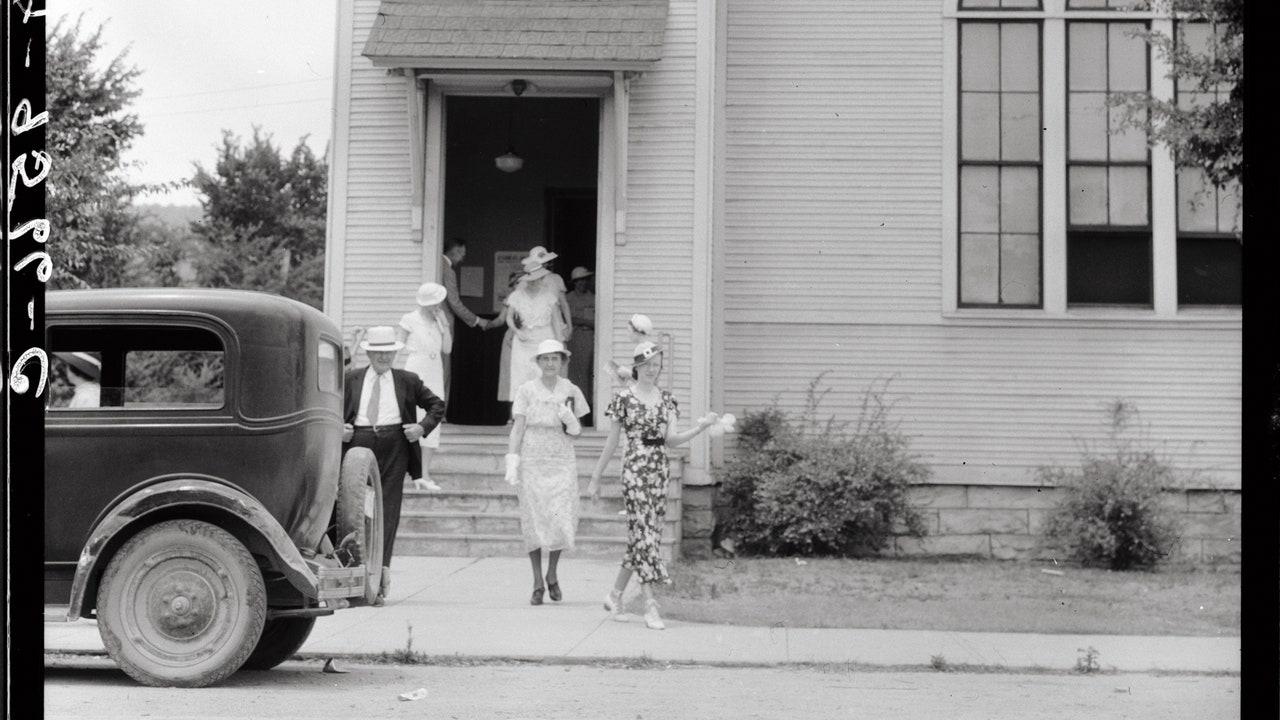
2024-07-29 3211词 晦涩
An official at a nascent organization in New York called the American Civil Liberties Union flagged the law for her boss, and soon a pair of newspapers in Tennessee reported that the organization was seeking a teacher to challenge the statute in court. One of the papers was read by George W. Rappleyea, the manager of the Cumberland Coal and Iron Company, in Dayton, an isolated town in the eastern part of the state, known for its lush strawberry fields. Dayton had around two thousand people. There were two drugstores, two blacksmith shops, and a pool hall; farmers still tied up their horses at the hitching rail on Market Street. Rappleyea was a Methodist Sunday-school teacher, but he didn’t believe that evolution contradicted his faith. He connected the A.C.L.U. with John Thomas Scopes, a slender, reserved graduate of the University of Kentucky. Scopes had recently arrived in Dayton to teach math, physics, and chemistry, and to coach the football team, but he also briefly taught biology, using a state-approved textbook that included a short passage on evolution. A deputy sheriff arrested Scopes on a misdemeanor charge of violating the Butler Act. His trial was set for the summer of 1925.
免责声明:本文来自网络公开资料,仅供学习交流,其观点和倾向不代表本站立场。